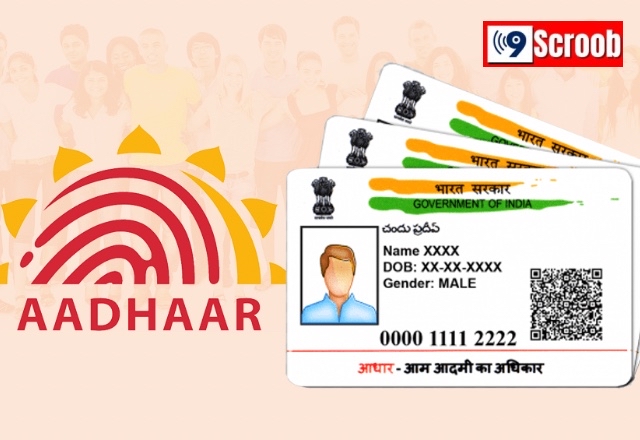The Unique Identification Authority of India (UIDAI) is preparing to make the Aadhaar-based KYC verification process much easier and faster. Soon, new rules will come into effect to simplify offline KYC. Let’s see what changes are coming and how they will affect Aadhaar users.
Aadhaar KYC System Update
Aadhaar is one of the most important documents in India. While it does not serve as proof of citizenship, it is mandatory for completing most government and financial tasks. From linking PAN cards to opening bank accounts, Aadhaar plays a key role everywhere. Recently, UIDAI has announced several updates to the Aadhaar system, including new rules for children’s Aadhaar updates and closing Aadhaar accounts after a person’s death.
Now, UIDAI is bringing another major change — this time in the Aadhaar-based KYC verification process.
Why This Change Matters
Aadhaar-based verification is essential for opening a bank account, applying for loans, and completing many financial transactions. According to reports, UIDAI is introducing a new system that will make this process simpler and safer.
Under the new system, users will no longer need to share their Aadhaar number, OTP, or biometric details for completing the KYC process. This move aims to protect users’ privacy and make verification more convenient.
Current Aadhaar KYC Rules
At present, UIDAI offers three types of KYC options:
- Electronic KYC (e-KYC): Requires sharing of the Aadhaar number and is commonly used by banks.
- Biometric KYC: Conducted through physical or in-person verification.
- Offline KYC: Uses the XML method to verify details without internet dependency.
What Will Change in the New System
In the upcoming Aadhaar KYC system, users will get new options like QR code and PDF format instead of the traditional XML method. This will make it easier to share documents securely and instantly.
Most importantly, biometric and OTP verification will no longer be mandatory for offline Aadhaar verification. The entire process will depend on the user’s consent, giving them more control and security over their data.
UIDAI’s goal is to promote offline Aadhaar-based verification, making it more private, flexible, and fraud-resistant.
Why This Update Was Needed
As per recent data, UIDAI and the Ministry of Electronics and Information Technology (MeitY) had to block several startup websites due to misuse of Aadhaar information. Such cases highlighted the need for a safer, offline verification process. This update aims to prevent misuse while keeping the process quick and user-friendly.
Closing Aadhaar After Death – A New Rule
UIDAI has also introduced a rule to close the Aadhaar card of deceased individuals to prevent misuse. Over 1.17 crore Aadhaar cards have already been deactivated nationwide under this initiative.
A new service named “Information of Death of Family Member” has been added to the My Aadhaar portal, allowing families to report a death and deactivate the Aadhaar card online.
Additionally, UIDAI is verifying Aadhaar numbers of individuals aged above 100 years to confirm their living status and ensure accurate records.
Final Words
UIDAI’s new Aadhaar KYC system will make the verification process easier, faster, and more secure. By reducing dependence on biometric and OTP authentication, it promotes privacy and user control. This change will not only simplify banking and financial tasks but also strengthen data protection for millions of Aadhaar users across India.














